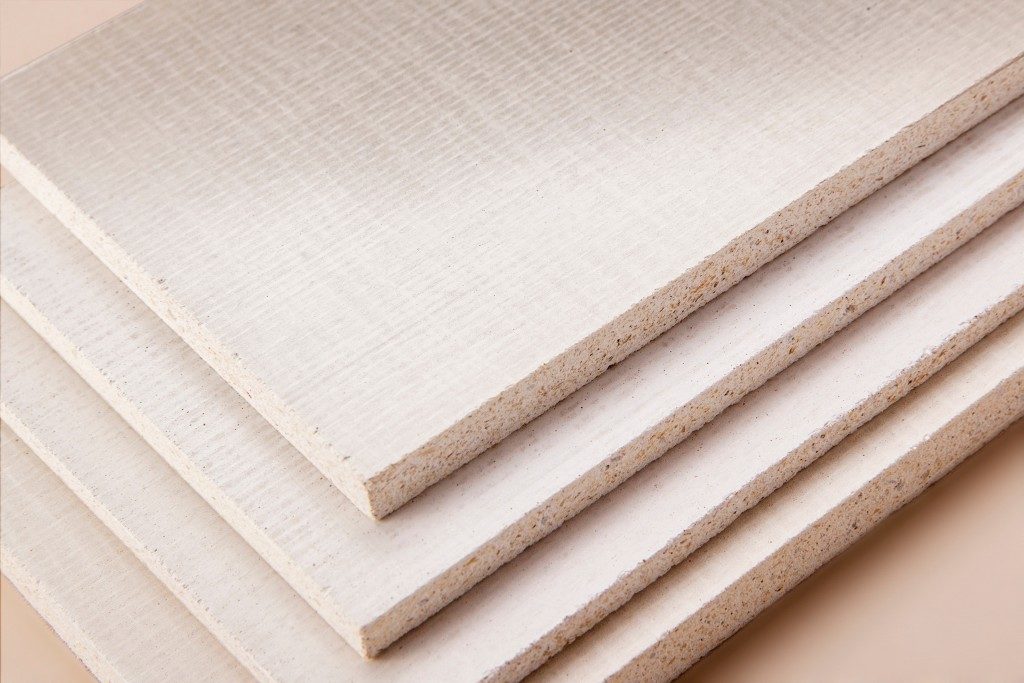There’s no better feeling than being able to prepare a meal not just for your kids, but with them. Teaching your children how to cook and bake can be a fun bonding experience, but it’s not always a safe one. Here’s how to ensure their safety in the kitchen:
- Use non-flammable items whenever possible. Fires can break out at any time, especially if you use a traditional gas range. It’s best to be able to contain it as much as you can. Opt for non-flammable materials such as stainless steel utensils and granite countertop surfaces. Not only will these materials prevent a fire from spreading further, but you can also expect both of these items to be incredibly durable and long-lasting.
- Look for and cover up any sharp corners and edges. There are sharp edges and corners usually on tables, chairs, countertops, and cabinets. You can use foam or rubber corner guards to cover up these hazards before your child injures themselves on it.
- Store away glass, fine china, and other breakable items. Make sure all of these fragile items are stored behind closed and locked doors that your children can’t easily access.
- Always make sure your appliances are off when not in use. Double-check ovens, burners, stoves, and microwaves to ensure that you’ve switched them off and unplugged them before leaving the kitchen. For added security, you can place childproof locks or covers on appliance knobs so that they can’t be easily switched on by your child.
- Keep highly flammable objects away. Practice good fire safety and prevention in your kitchen. Towels, oven mitts, tissue, and paper are at risk of easily catching fire. As much as possible, keep them away from the kitchen or at least far away from appliances.
- Turn all pot and pan handles away from you. Children can easily get a hold of pot or pan handles and spill hot food on themselves. You can avoid this by making sure to turn handles away from you before you divert your attention from what you’re cooking. You can also go the extra mile by choosing to use only the back burners of your stove which are harder to reach from below.
- Put away sharp utensils. Always remember to put sharp utensils away and don’t leave them lying around for your child to find. This includes scissors, knives, and forks.
- Make use of a cord shortener. Don’t let cords dangle haphazardly over appliances, and don’t leave them lying on the floor for your child to potentially trip on. Cord shorteners can tidy up any stray appliance cords to reduce the risk of fires and tripping hazards.
- Inspect surfaces for sharp debris. Old kitchen furniture can be a battleground of wood splinters, jagged edges, and rusty nails. Make sure to do a thorough scan of all these surfaces to ensure that there aren’t any sharp debris for your child to injure themselves on.
- Remove table runners and tablecloth. Although table runners and tablecloth serve as nice decor, these sophisticated furnishings can actually be quite hazardous. Unsuspecting children may pull on it only to have everything fall on top of them. You can use them during dinner time, but they should be put away immediately afterwards.
Childproofing your kitchen ensures that you and your children will have a highly enjoyable yet safe time bonding over cooking and baking delicious meals.



